Karen Watts-Plater, her partner David Henry, and mother-in-law Margaret Plater live on a small hobby farm in the Beaver Valley in central Ontario. The trio’s home is an 1875-built house on a farm Watts-Plater and her late husband John Plater bought over twenty years ago to raise sheep and horses.
Until recently, the house ran an oil-burning furnace for heating and had a noisy old air conditioner. Watts-Plater, with help from a Registered Energy Advisor and contractors, was able to get her home from consuming 225 GJ a year to just 82 GJ a year — a drop of 143 GJ!
Let’s take a look at how this household accomplished this.
The Home Retrofit Journey

Watts-Plater and Henry outside their home on a wintry day.
The farmhouse was very expensive to heat, especially with a senior over 85 who prefers to keep things a little warm in winter. In the summer, the air conditioner was too cold for Margaret. Every winter, Watts-Plater was gobsmacked by the $1,000-plus bills when she filled the oil tanks.
“Ten years after John passed, I was still looking after the sheep, the horses, and my mother-in-law. It wasn’t easy on a single income, but I had managed to pay off most of my mortgage and was beginning to think about how to make the farm more affordable in the long-term — and, also, reduce its impact on the environment,” said Watts-Plater, explaining her situation.
The house’s oil furnace was over 30 years old, so Watts-Plater knew its days were limited. She contacted Green Communities Canada in November 2021 for a home energy evaluation. The local Green Community office in the region of Collingwood, Environment Network, booked an evaluation for the house with one of their Registered Energy Advisors.
“I did the first (pre-retrofit) energy evaluation in December 2021 and the second (post-retrofit evaluation) in August 2022. My energy auditor from Environment Network was lovely; she worked very efficiently, explained things well, and answered all my questions — she also submitted her reports quickly,” said Watts-Plater.
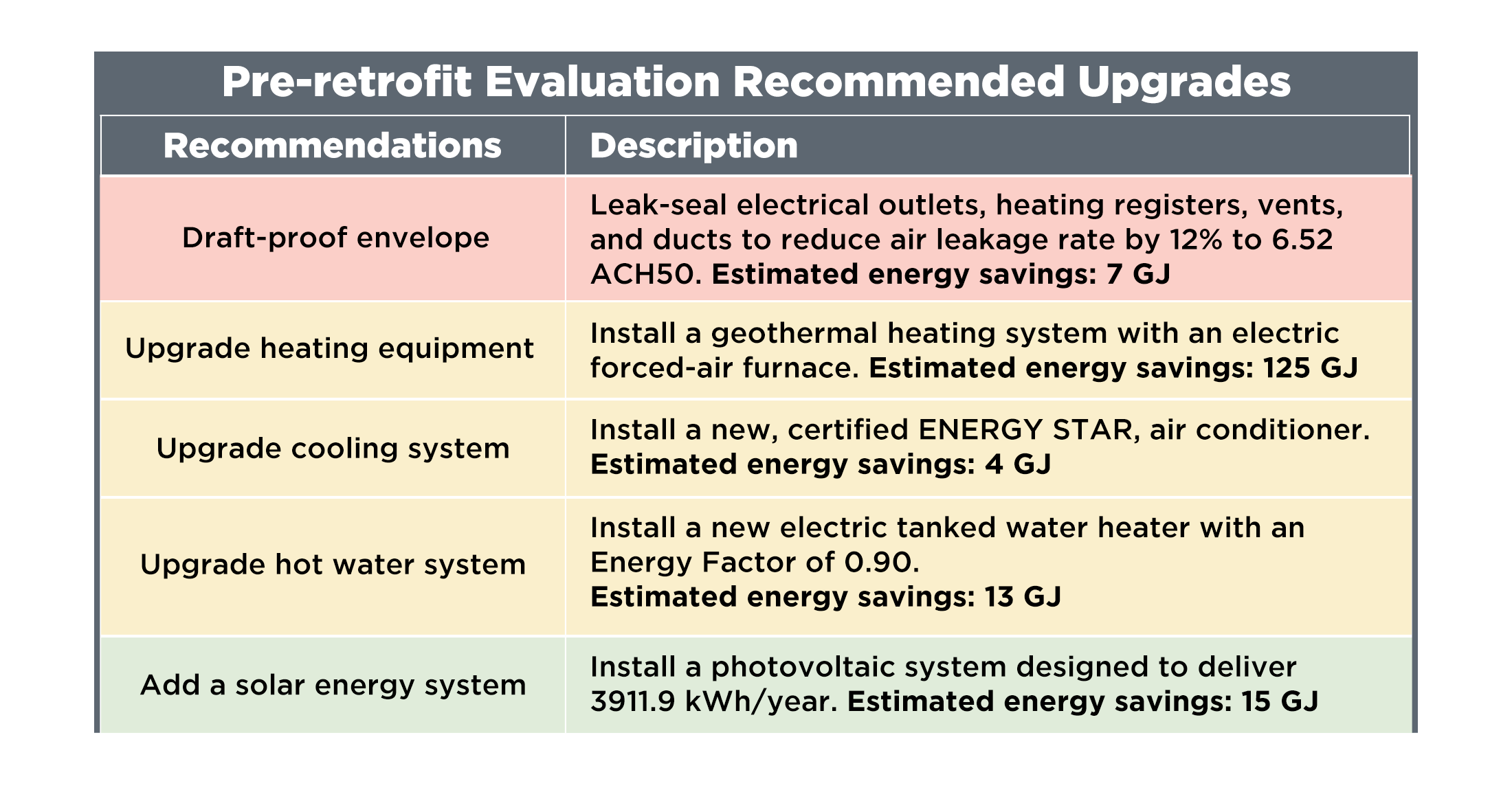
The Deep Energy Retrofit
When looking at options to heat the house without oil or propane, Watts-Plater considered both ground-source and air-source heat pumps. She spoke with folks she knew who had either of the two heat pump systems in their homes and asked them for their honest reviews. After hearing that both provided reliable heating and cooling, she decided to go with a geothermal heat pump.
Watts-Plater learned from her research that installing a geothermal heat pump system would cost more than switching to propane. But, she had paid off most of her mortgage and decided to make the financial investment for geothermal now, by adding to her mortgage.
“This could be paid off while I am still working and have a higher income. When I retire and am on a fixed income, in 10 to 15 years, I will have that mortgage paid off and my operating costs would be much more manageable than oil or propane,” Watts-Plater told us of her financial planning. “I had the space in the hay fields behind my home to lay the cylinders horizontally, rather than drilling deep vertical wells, to draw heat from the ground in winter. I liked that it does double-duty, also bringing air-conditioning to the house in the hot summer months,” she said, pleased with her retrofit decision.
She also liked the fact that the heat collection loop is protected by being underground, extending the lifespan of the system, and that ground-source heat pumps are even more efficient than their air-source counterparts.
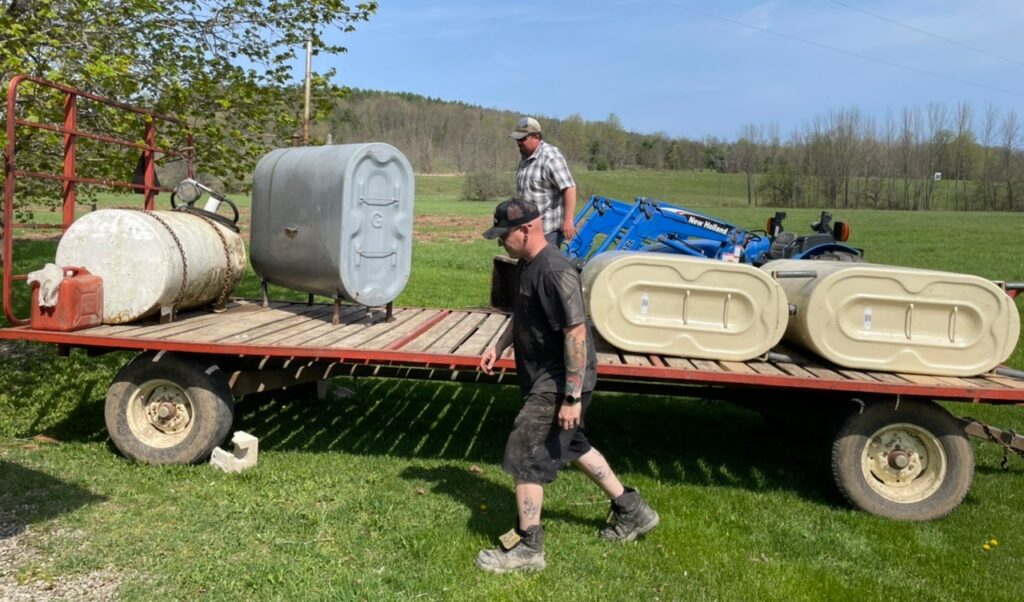
Contractors removing oil tanks from the Watts-Plater home.
The family encountered some supply chain issues with sourcing the geothermal system due to pandemic disruptions. Watts-Plater let us know that, despite these complications, the installation in the Spring went very smoothly. Watts-Plater’s partner Henry had also installed a ground-source heat pump in his home in Burlington 10 years ago, further reassuring her that geothermal was a reliable, safe, and eco-friendly choice for her own home.

Old oil-burning water heater being escorted from the premises.
At the same time, the home’s oil-burning water heater was also showing its three-decade age. “It was getting old, staining our laundry, tiles, and appliances a rusty brown. My insurance company was also insisting that my oil tanks be replaced. I didn’t want to spend money on another oil-burning hot water tank, so, I started to look into alternatives.”
The newly installed electric hot water tank gets an efficiency boost by being preheated by the heat pump.
In addition to the ground source heat pump, other improvements are planned for next steps. Watts-Plater said that she is looking forward to doing draft-proofing to reduce air-leakage around her home and to adding more insulation next year, while also redoing an upstairs bedroom which was identified by Environment Network’s Energy Advisor as needing attention.
“We’re hoping to rebuild our drive shed in the next two-three years and will probably add the solar panels when we do it. Long term, we’d love solar panels to fuel electric cars we might buy, as well as provide energy for the house and farm,” said the homeowner.

The Retrofit’s Benefits
Watts-Plater is very happy with the new two-in-one heating and cooling system.
“The geothermal heat-pump is more consistent and gentler than the old oil furnace or air-conditioner. I was afraid it wouldn’t be warm enough for my mother-in-law, but it has been great.”

Margaret Plater comfortable indoors on a hot summer’s day with two of her goat kids on her lap.
The homeowner was pleasantly surprised that the back-up electric furnace only had to kick in to supplement the heat pump once or twice over the past winter.
The new thermostat also allows her to conveniently schedule a lower temperature at night to boost sleep comfort and save energy. In the summer, Watts-Plater notes that her home is kept cool and comfortable all season long.
“While my monthly electrical bills are a few hundred dollars higher, they are nowhere near what I was paying in oil-heating costs,” said Watts-Plater, while sitting in climate-controlled comfort.
She noticed that the air quality has improved since switching away from oil-heating.
“There was a strong smell from the burning oil, and it produced an oily residue. That’s gone now, and I feel like the house is so much cleaner.” Watts-Plater also talked about how she was drawn to the idea of cutting out fossil fuels from her home. “I love the smaller environmental footprint we now have and hope one day I can also explore adding solar energy to minimize the impact even more,” the homeowner said.
Watts-Plater still employs her summer energy-saving techniques on milder summer days and nights — diligently closing her windows to keep out the heat of the day and opening them after dusk to bring in the cool night breeze.

Financial Incentives and Climate Goals
The family was able to get $5,000 back from the federal Canada Greener Homes Grant program for this deep energy retrofit project. She registered using the program’s partner log-in system through her bank but ran into trouble after she replaced her debit card. After she e-mailed them to reset the system, she submitted her receipts and other paperwork. After requesting the funds, the rebate arrived within a couple of weeks.
Watts-Plater’s home insurance premiums have come down since the retrofit removed the old oil appliances from her farmhouse so she’s also banking those monthly savings.
As the Canada Greener Homes Loan launched after Watts-Plater had already finished her retrofit project, she wasn’t able to take advantage of the zero-interest incentive. She did however finance a portion of her project through her mortgage and noted that, “The monthly savings from not paying for oil easily cover the extra mortgage costs.”
When asked about what could have helped her do more or achieve a better EnerGuide Rating on her old farmhouse, Watts-Plater revealed, “More financial incentives could be helpful for us to work on projects faster, but we are still slowly saving up to do more.”
Draft-proofing and sealing air-leaks, improving insulation, adding solar panels, home batteries, and electric vehicles are all in their plans for this 19th-century farmhouse.
“I’ve seen first-hand how changing weather patterns are so difficult for farmers, and how extreme weather events impact entire communities. As one who has brought in the hay each year for my animals, I know how too much, or too little, rain can make the difference between enough or not enough. While I don’t have children, I have nieces and nephews, and also friends who bring their children to the farm, so I think it’s important we try to create a world better than the one we currently have so the generations that follow can enjoy it as well,” Watts-Plater concluded.
Retrofit Summary
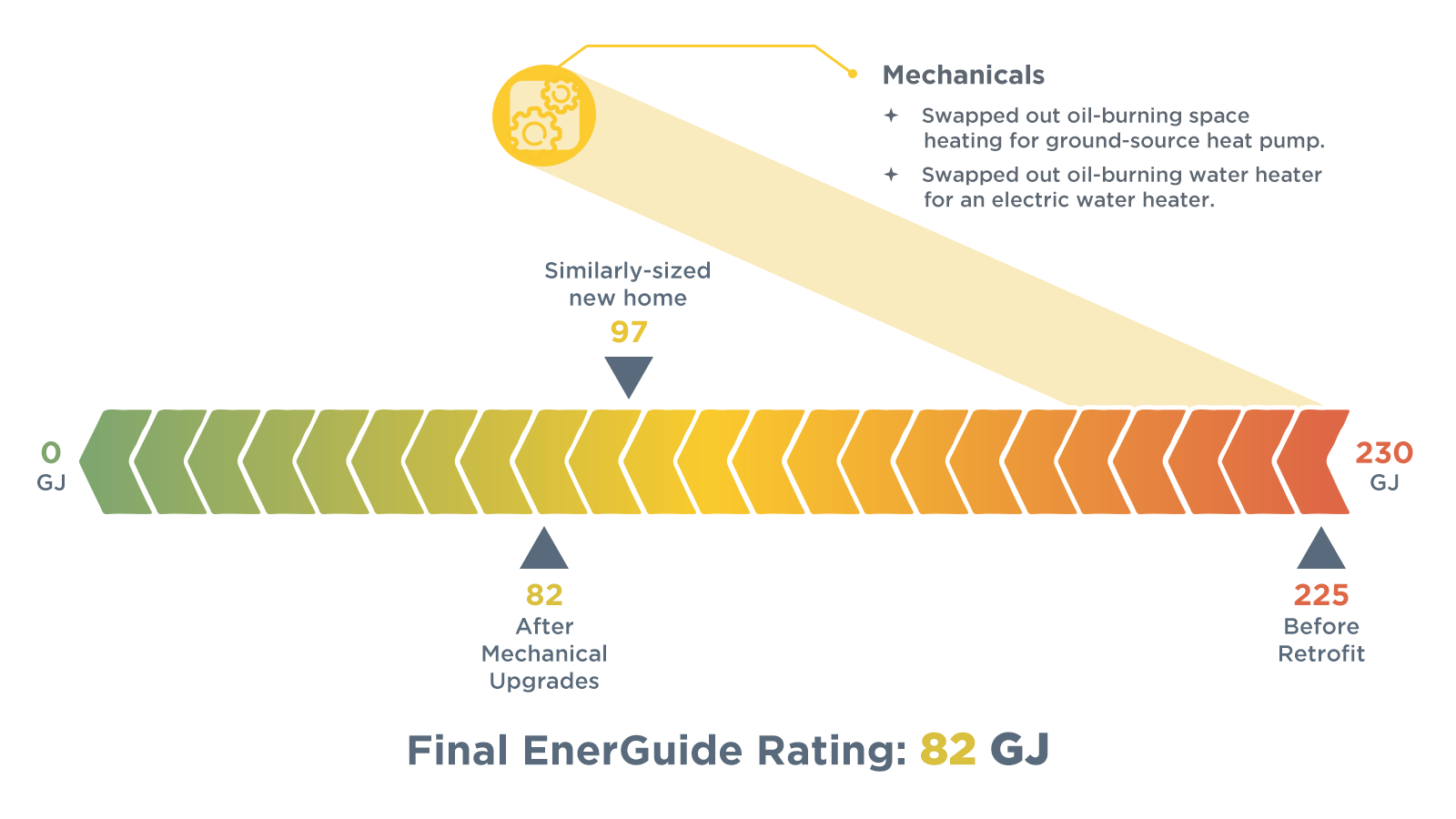
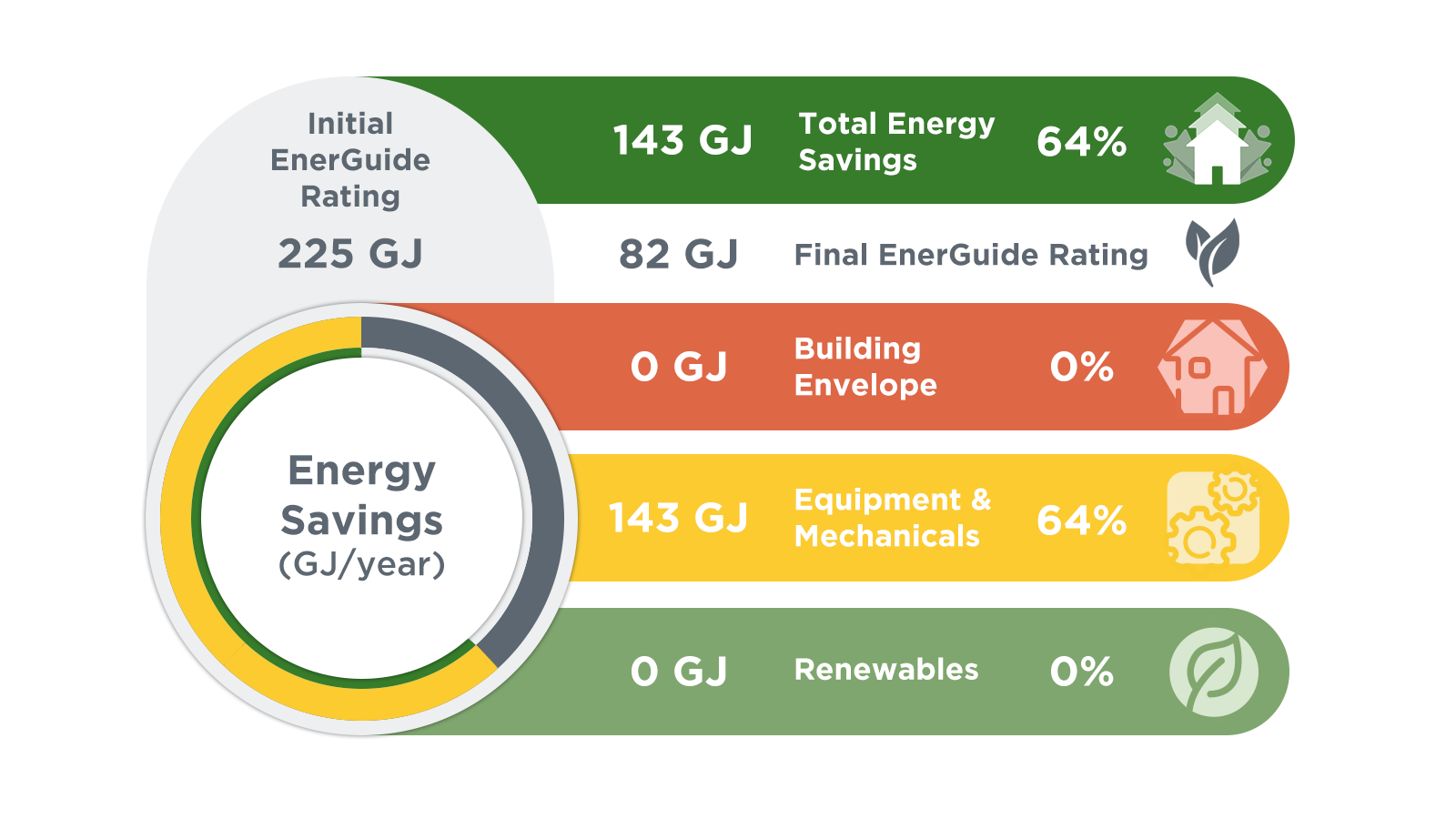

Technical Details
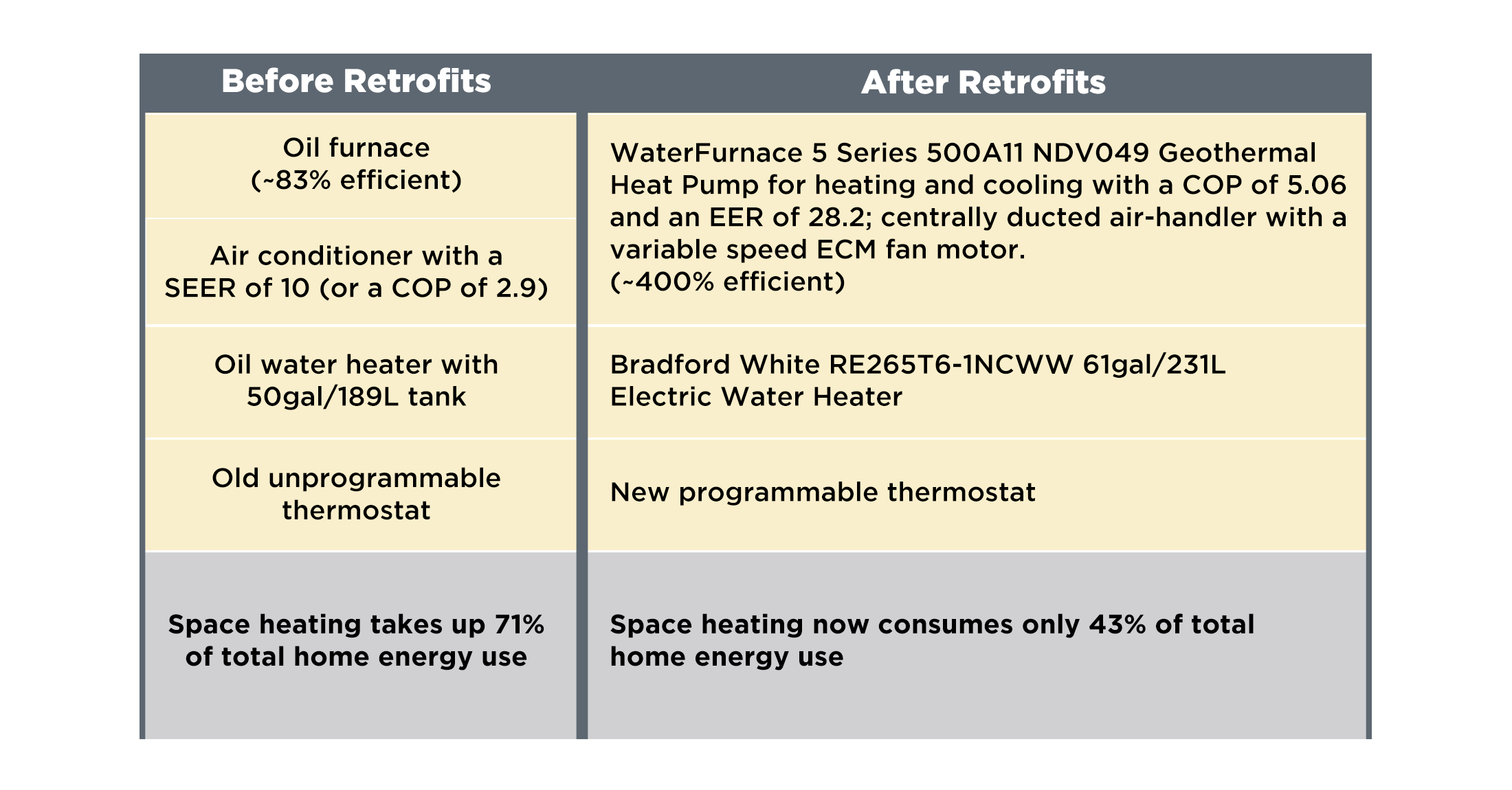
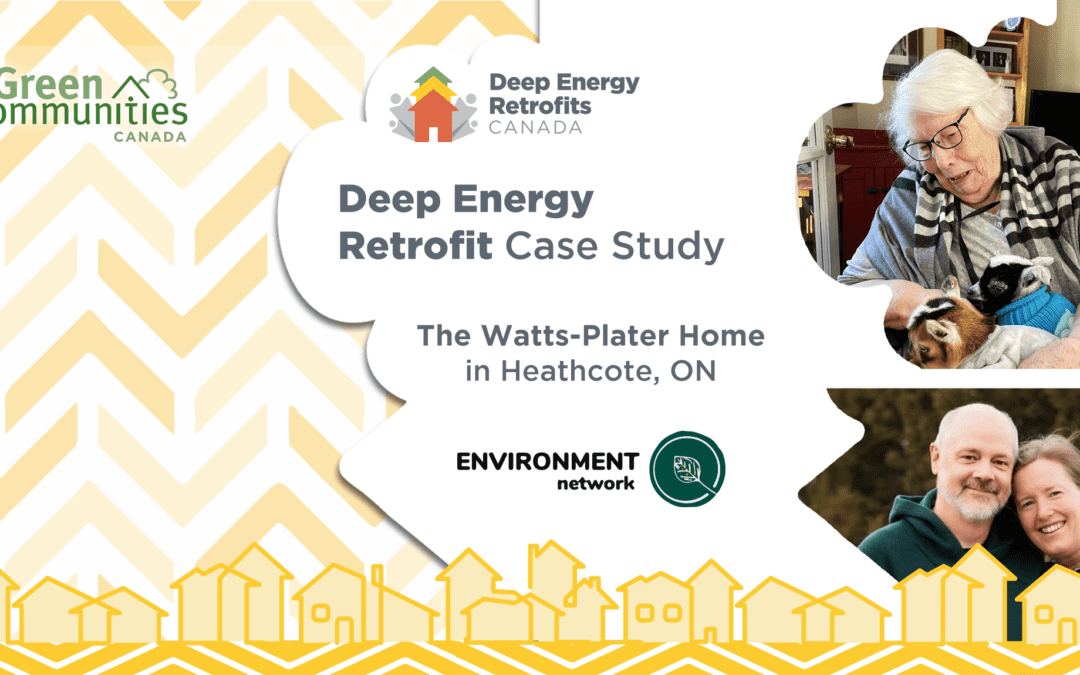
Recent Comments